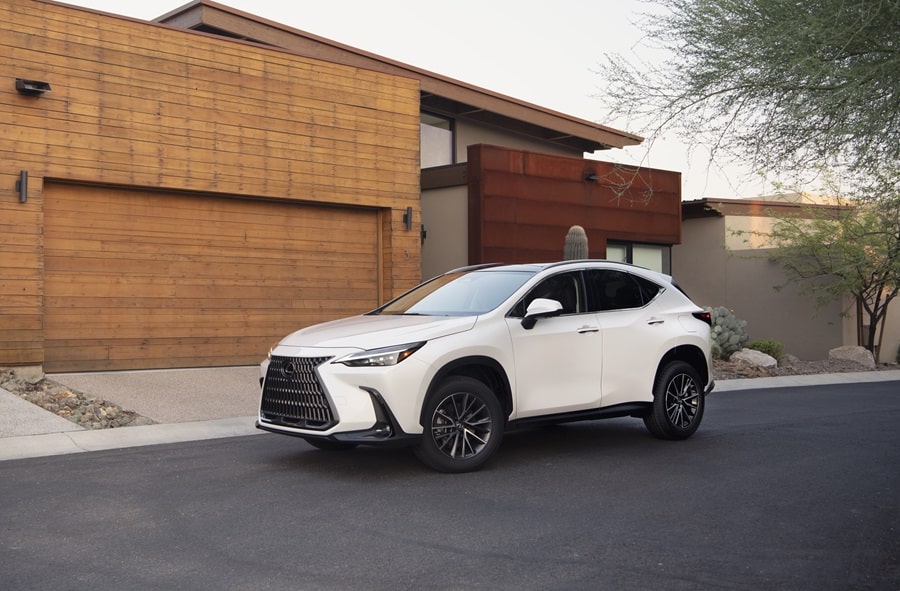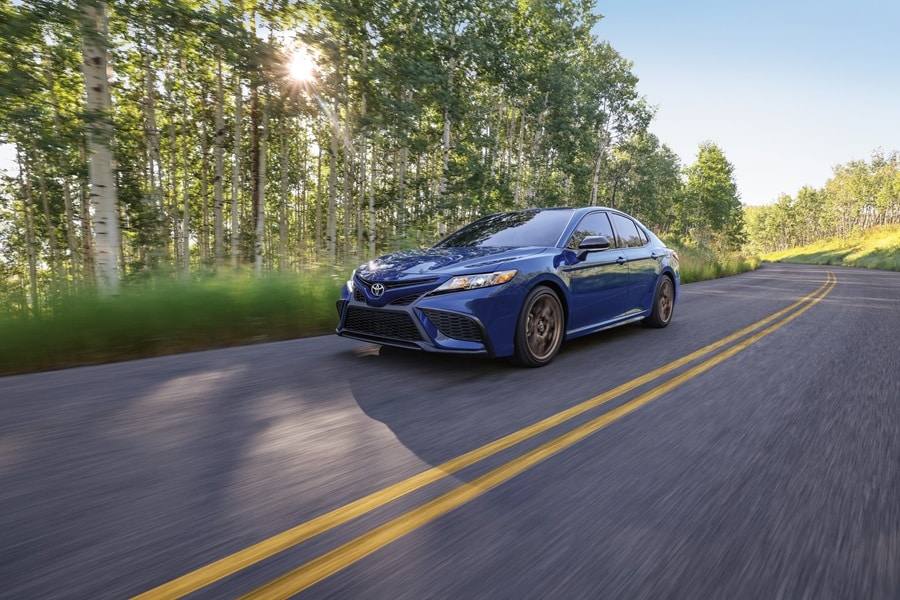Certain magic surrounds speed, a magnetism that draws attention and piques your fascination. This attraction transcends into your admiration for cars – powerful machines that encapsulate human innovation and the relentless pursuit of progress. This article will take you on a ride through time, showcasing the legendary cars that have left an indelible mark on history, breaking speed records, and redefining our perception of automotive performance.
Contents
- 1 The Birth Of Legendary Cars
- 2 The Impact Of Legendary Cars That Made History
- 3 The 1960s: The Era of Muscle Cars
- 4 The 1970s: The Birth of Supercars
- 5 The 1980s: The Turbocharged Revolution
- 6 The 1990s: The Pursuit of Aerodynamics
- 7 The 2000s: The Age of Hypercars
- 8 The 2020s: Electric Cars Enter the Scene
- 9 The Bottom Line
The Birth Of Legendary Cars

The birth of the automobile brought with it an age of innovation. This period was defined by groundbreaking strides in technology and design, with manufacturers pushing boundaries to create faster and more efficient vehicles. While not the fastest, the Ford Model T was a pioneering example of such evolution. It represented a paradigm shift in personal transportation and set the stage for what was to become a love affair with speed.
The development of legendary cars wasn’t just a product of technical evolution. The human desire for thrill, power, and prestige also influenced it. As engineers began to craft automobiles for speed, a new breed of cars was born – ones that went beyond mere transportation. These cars boasted powerful engines and sleek designs, evoking admiration and inspiring a cultural phenomenon revolving around speed.
The Impact Of Legendary Cars That Made History

The trailblazing speed records set by these legendary cars left a lasting impact on the automobile industry and popular culture. They sparked a speed race that fueled innovation and inspired generations of engineers and designers. These achievements weren’t just milestones but catalysts that propelled the automotive industry into the future.
The legacy of these legendary cars is seen in the modern automobiles we see today. Their pursuit of speed led to advancements in technology and design that set the standards for current vehicles, influencing everything from aerodynamics to engine performance.
The 1960s: The Era of Muscle Cars
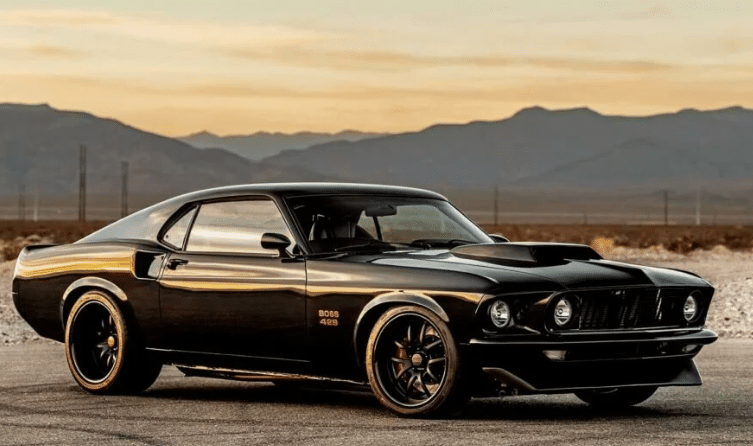
As we transition into the 1960s, we enter an era often romanticized for its power-packed, machismo-charged vehicles – the muscle cars. Dominating this decade were two powerhouses: the Shelby Mustang GT500 and the Chevrolet Camaro. With their robust engines and aggressive designs, both cars embodied the rebellious spirit of the times, their roar resonating with a generation seeking thrill and freedom.
The GT500, fondly known as ‘Eleanor,’ brought together high performance with luxury, creating a car that was as comfortable on the street as on the race track. The Camaro, Chevrolet’s answer to the Mustang, was a formidable rival, boasting impressive power under its hood. These cars represented a shift in car manufacturing, where speed and power began to take precedence, making them legendary in their own right.
The 1970s: The Birth of Supercars
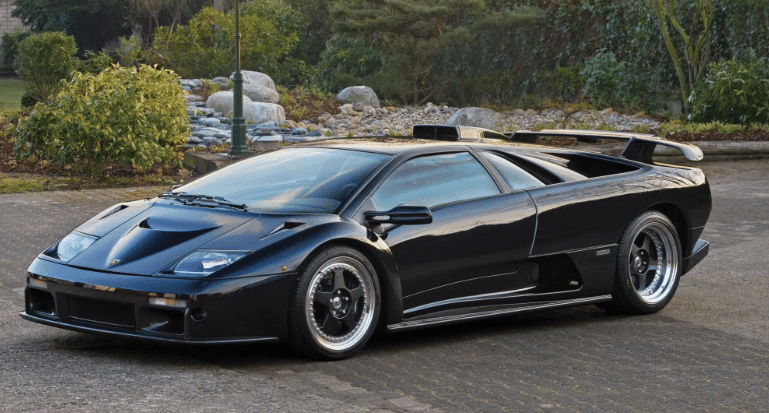
The 1970s heralded a new chapter in the history of legendary cars. Two European car manufacturers, Lamborghini and Ferrari, introduced the world to the concept of ‘supercars’. The Lamborghini Miura, with its jaw-dropping design and powerful V12 engine, set new standards for speed, achieving a top speed of 179 mph. Ferrari’s response, the equally stunning Daytona, was an assertive declaration that they, too, were in the high-speed game.
Both these cars symbolized the luxury and excess of the era. The Miura’s striking design and unmatched speed made it an instant icon, while the Daytona, with its compelling mix of luxury and performance, became the dream of many car enthusiasts. These two legendary cars didn’t just make history; they redefined what it meant to be a performance car.
The 1980s: The Turbocharged Revolution
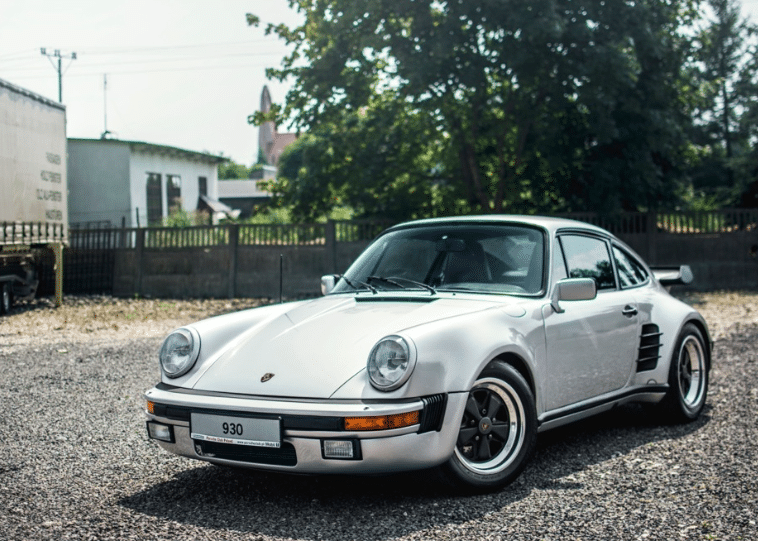
The 1980s ushered in a new era of speed and power: the turbocharged revolution. Legendary cars like the Porsche 959 and the Ferrari F40 graced the automotive scene, equipped with turbocharging technology. This innovation meant cars could now deliver unprecedented power while maintaining efficiency, taking speed records to new heights.
The Porsche 959, dubbed the ‘technological marvel,’ combined luxurious comfort with a twin-turbocharged engine, making it one of the fastest production cars of its time. Ferrari, not to be outdone, launched the F40, a car that epitomized raw speed and power. Its stripped-back approach to luxury, focusing solely on performance, showed that speed was the ultimate luxury. These legendary cars set new speed records and embodied the spirit of innovation and progress in the automotive industry.
The 1990s: The Pursuit of Aerodynamics
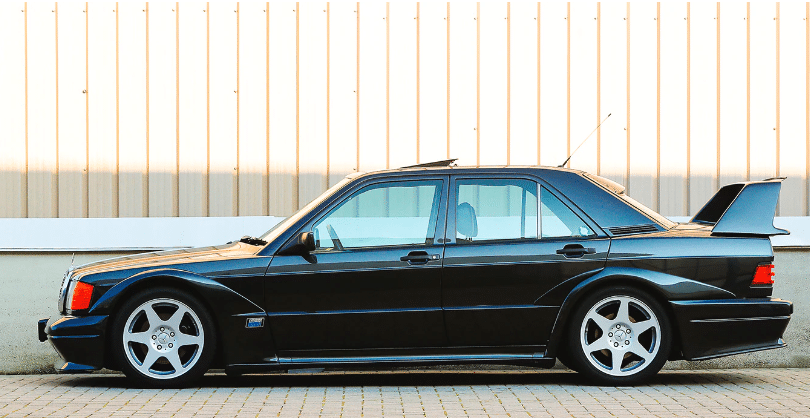
As we sped into the 1990s, a new aspect of car design came into focus: aerodynamics. Legendary cars like the McLaren F1 and the Bugatti EB110 utilized this science to attain blistering speeds while retaining stability. Aerodynamics began to influence car design, becoming a critical component in the quest for speed.
The McLaren F1, with its innovative three-seat configuration and focus on lightweight materials, achieved a top speed of 240 mph, making it the fastest car of the decade. On the other hand, the Bugatti EB110, with its quad-turbocharged engine and advanced aerodynamics, was an engineering masterpiece that embodied the pursuit of speed. These cars showed that aerodynamics wasn’t just about aesthetics – it was about pushing the boundaries of speed.
The 2000s: The Age of Hypercars

The new millennium saw the birth of a new category of high-performance cars: hypercars. The Bugatti Veyron and the SSC Ultimate Aero were two iconic models that embodied this concept. These hypercars pushed the limits of engineering, boasting top speeds that seemed unimaginable a few years prior.
The Bugatti Veyron, with its W16 quad-turbocharged engine, could reach a staggering speed of 253 mph. The SSC Ultimate Aero, though less known, briefly held the world record for the fastest production car, reaching a speed of 256 mph. These hypercars weren’t just about top speed; they represented a combination of cutting-edge technology, innovative design, and ultimate luxury.
The 2020s: Electric Cars Enter the Scene

The last decade has seen electric cars, once considered niche, take center stage. The Rimac Nevera and the Tesla Roadster have proven that electric vehicles can compete with and surpass traditional combustion engines in speed. These revolutionary vehicles are breaking their records, pushing the automotive industry towards a more sustainable future without compromising on speed.
The Rimac Nevera, a four-motor electric hypercar, boasts a top speed of 258 mph. Similarly, with its promise of 0 to 60 mph in under 2 seconds, the Tesla Roadster is setting new standards for electric vehicle performance. These cars are not just legendary in their own right; they are heralding a new era of sustainable speed.
The Bottom Line
The story of speed is an exhilarating ride through time, featuring legendary cars that have not just broken records but also shaped our understanding and perception of what cars can be. As we reflect on this journey, we can’t help but wonder: What’s next? With technological advancements taking place at an unprecedented pace, the future of the automotive industry looks promising. The pursuit of speed continues, keeping us on the edge of our seats, eager to witness the next chapter in the annals of automotive history.
